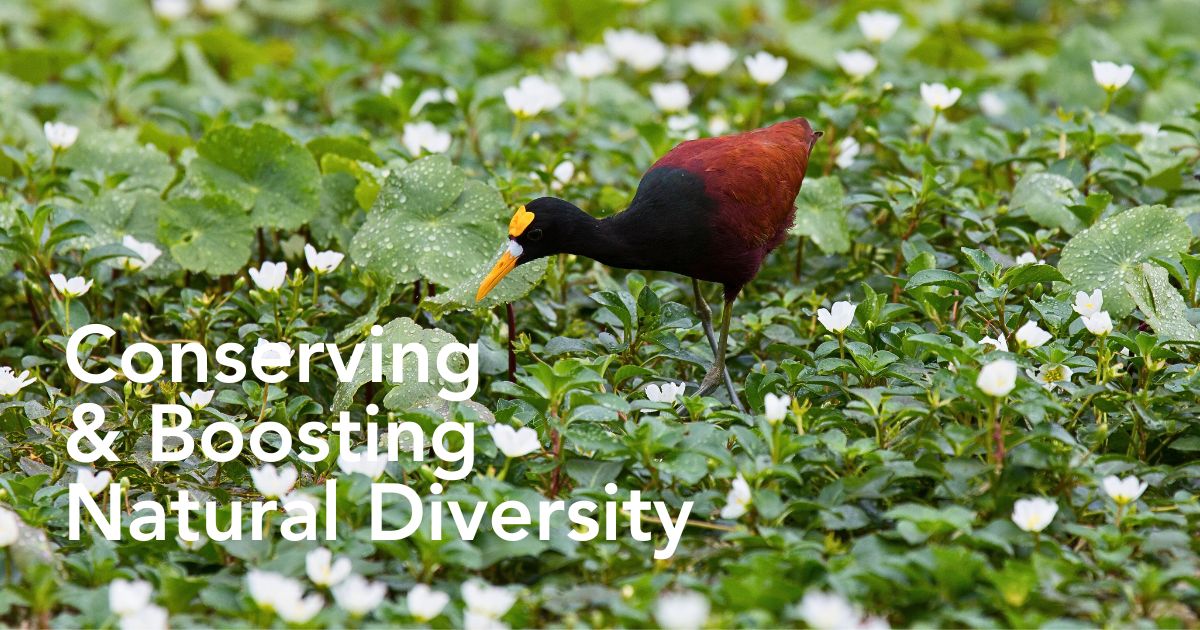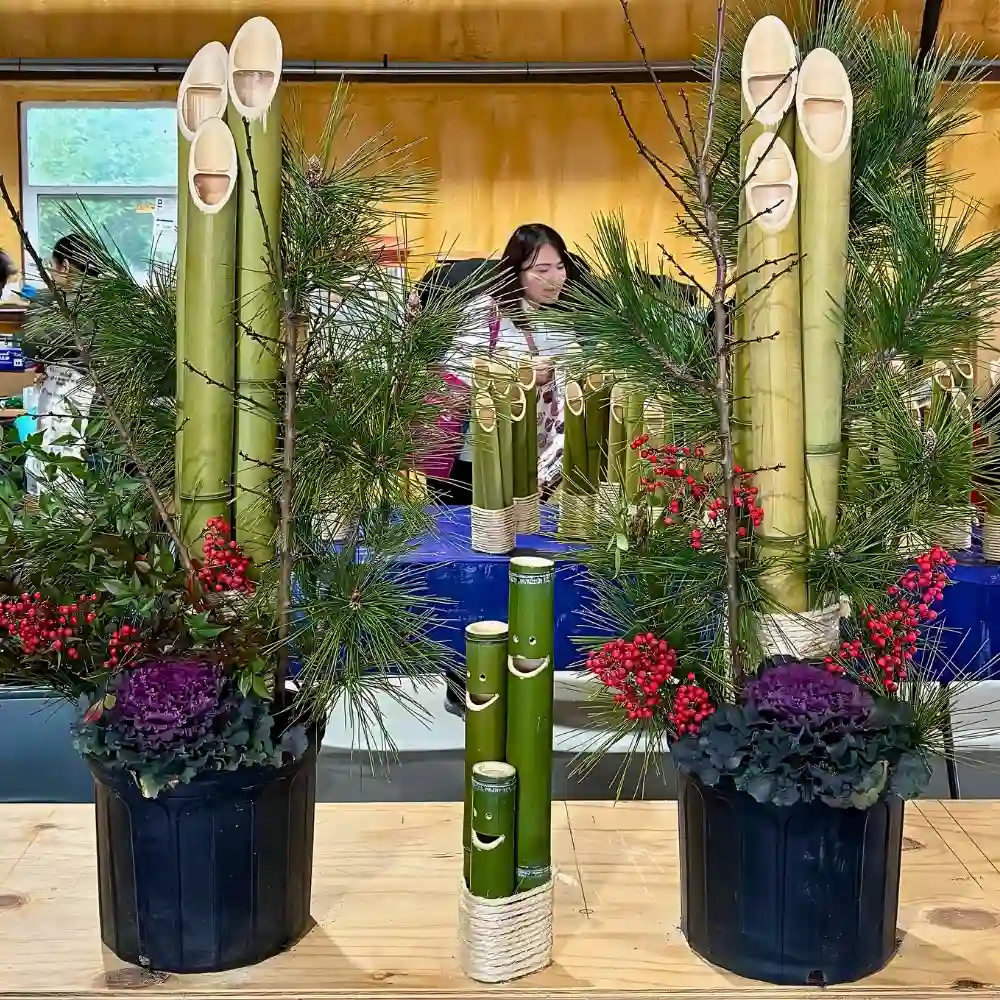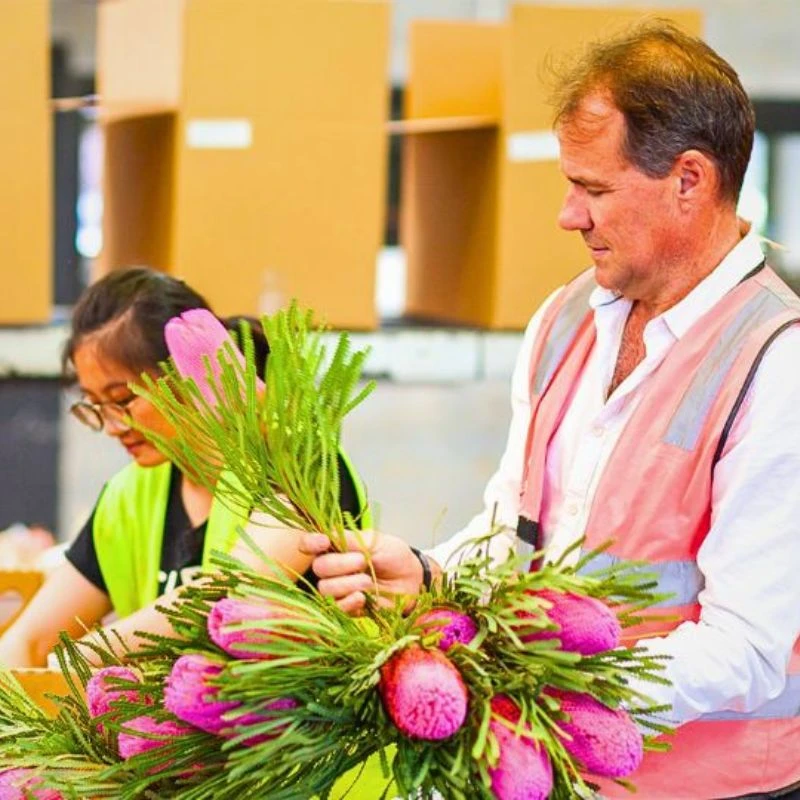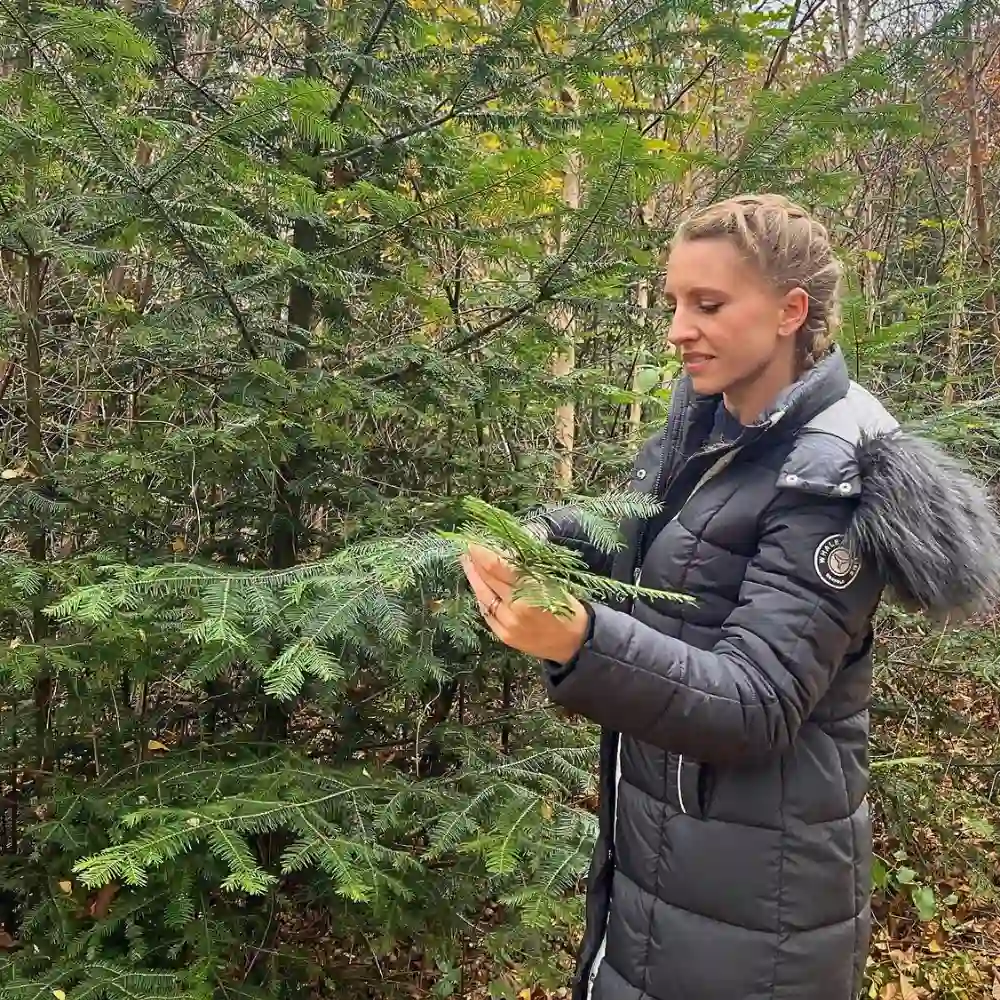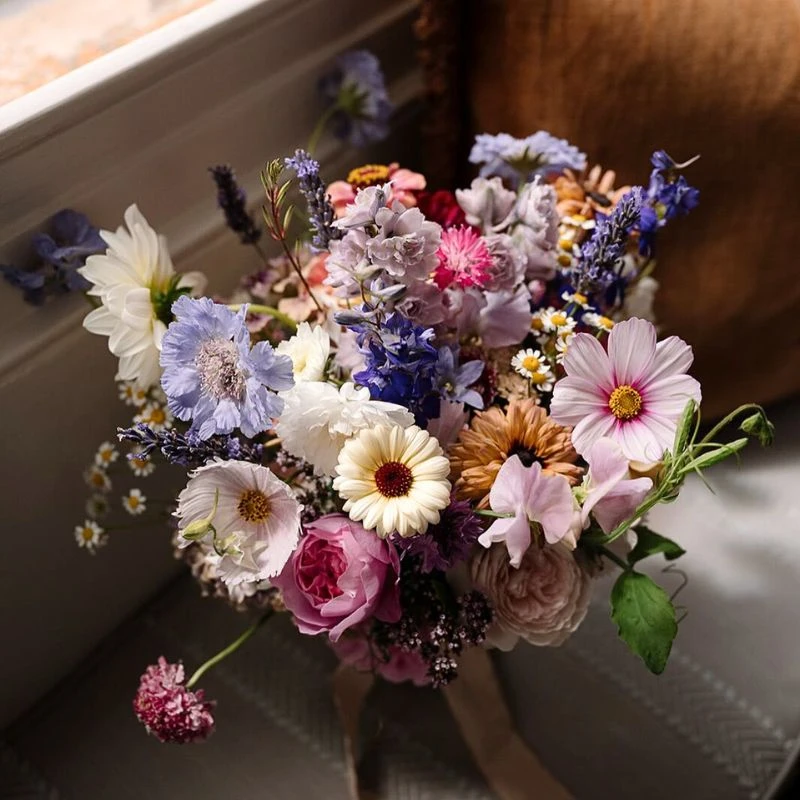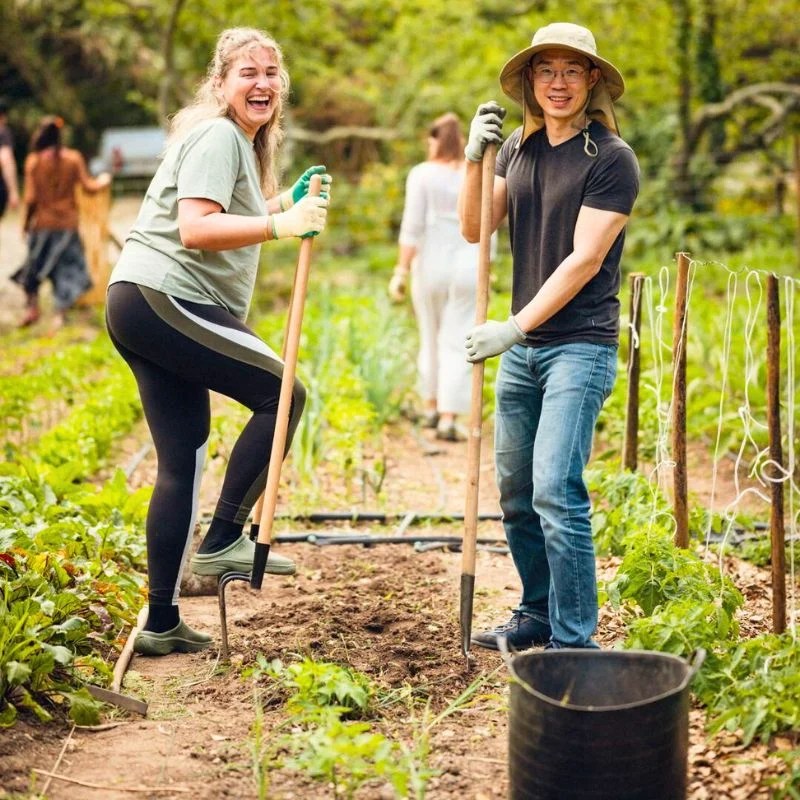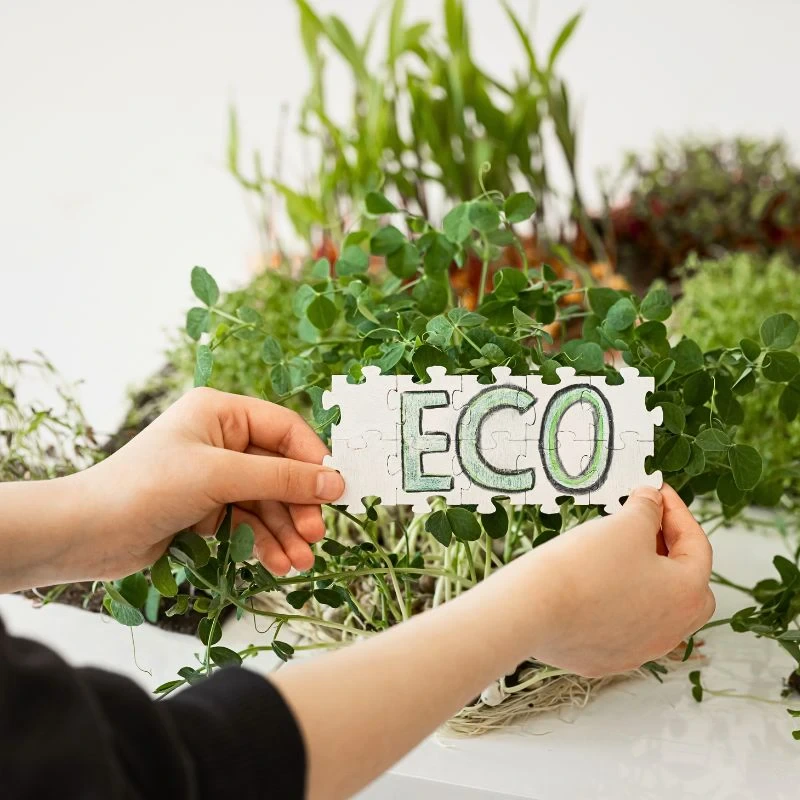How much does biodiversity conservation matter in the floriculture industry? Well… it does matter, and by quite a lot. The link between floriculture and biodiversity is hugely noteworthy. When biodiversity is nurtured in and around flower farms, simultaneously, it guarantees fortified and resilient agrarian systems, enhances pollinator habitats, preserves genetic resources, and ultimately sustains the very foundation upon which the floriculture industry thrives.
Biodiversity conservation is not merely an adjunct to effective flower cultivation; it is the very basis upon which a sustainable floriculture industry thrives. This is a fact increasingly acknowledged by progressive breeders, growers, and other bodies across the flower value chain. They understand that the sustainability of the flower bouquets they deliver now or later depends on the biodiversity they must protect.
Why Biodiversity Matters in Floriculture
Basically, in its simplest explanation, biodiversity is the essence of floriculture. Flowers depend on pollinators like bees, butterflies, and hummingbirds for reproduction, while healthy soils crawling with microorganisms nourish their roots. Conversely, diverse floral landscapes provide food and shelter for myriad species, creating a symbiotic relationship that sustains both natural and cultivated environments. Think, for instance, of wildflower margins around greenhouses; these are often habitats for endangered species like bee populations, which shows that intentional planting can boost local ecosystems.
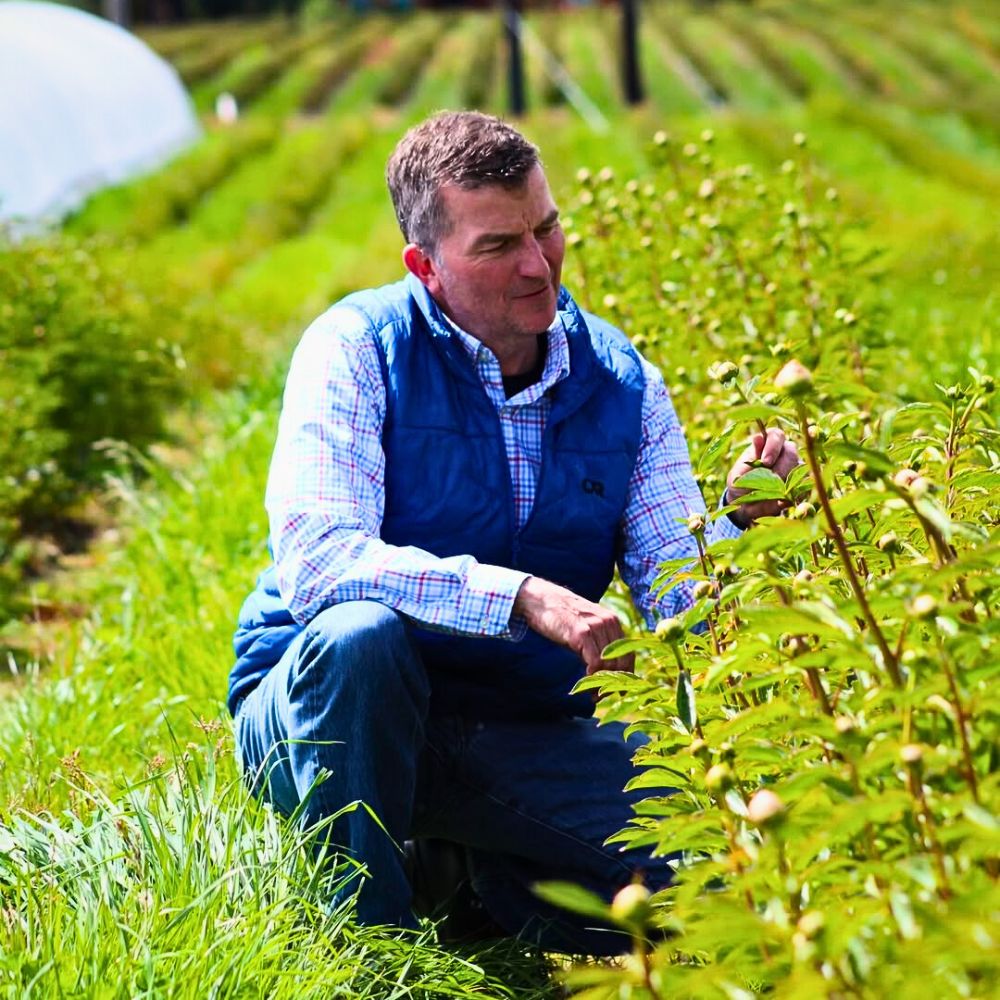
Harm to or loss of biodiversity poses existential risks. Pollinator declines threaten plant yields, while soil degradation undermines flower quality. A study conducted in Ethiopia’s Sululta region indicated that the rapid and inconsiderate expansion of floriculture farms in the region displaced smallholder farmers and restricted access to water, highlighting the tension between commercial growth and ecological balance. Such challenges highlight a crucial reality: biodiversity conservation is not a luxury; it is a necessity for the industry’s long-term sustainability.
The Whole Ecological Web That Sustains Flower Cultivation
Biodiversity in floriculture involves far more than simply growing different varieties of flowers. It also represents the complete ecological web that sustains flower cultivation, ranging from the soil microbes that feed roots to the compound interactions between plants and their pollinators. This elaborate bionetwork forms the living foundation upon which the floriculture industry depends.
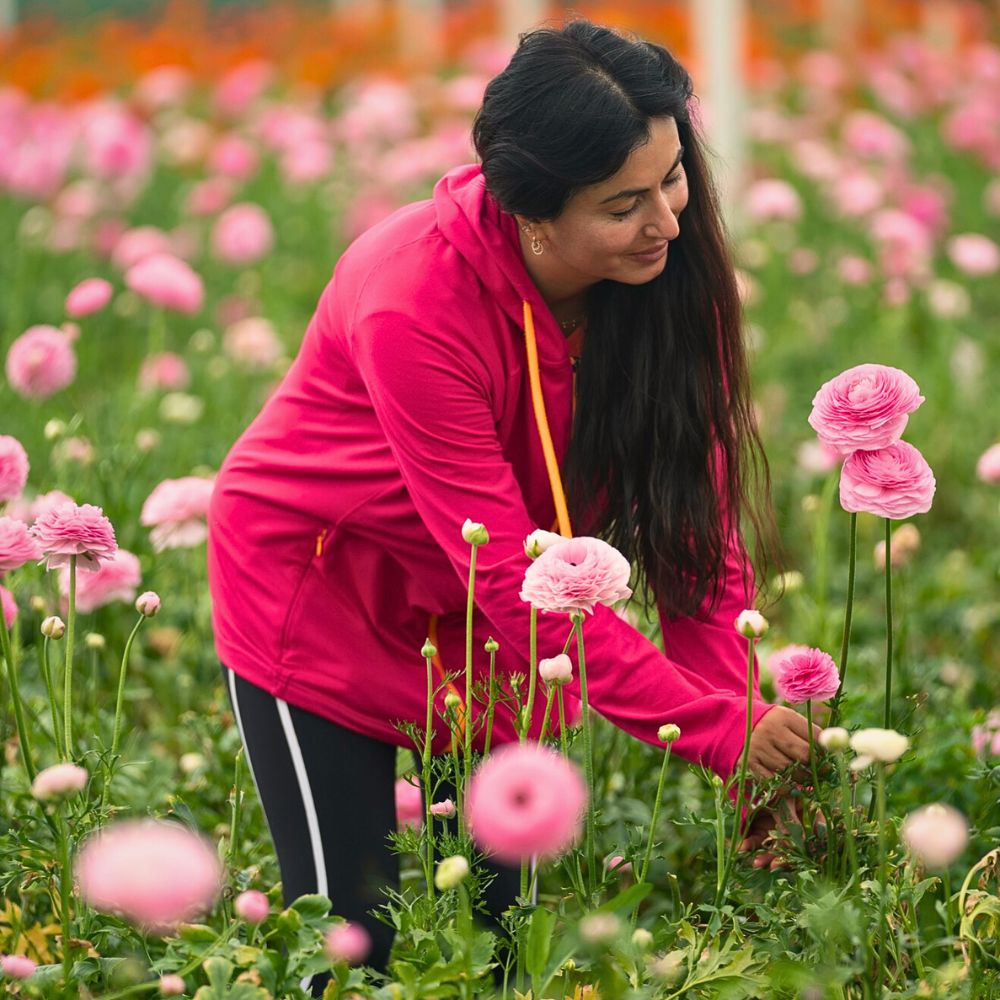
Flower cultivation benefits from natural pest control, improved soil fertility, more effective pollination, and greater resilience to climatic stresses and diseases when biodiversity thrives. The ecological services provided by diverse ecosystems also include nutrient recycling, microclimate regulation, hydrological process management, and suppression of unwanted organisms; all crucial factors that support healthy flower production.
In case of harm or loss, the consequences of diminishing biodiversity in floriculture landscapes extend beyond the obvious environmental concerns. Research, for example, consistently shows that monoculture approaches increase vulnerability to catastrophic crop failures. Contrariwise, flower farms that incorporate biodiversity conservation principles experience enhanced sustainability and long-term productivity because the presence of diverse plant species creates habitats for beneficial insects and other wildlife that, among other benefits, establish natural buffers against pests and diseases while reducing dependency on chemical interventions.

Equally, maintaining genetic diversity within flower varieties preserves traits that may prove essential for adaptation to changing climate conditions or emerging plant diseases. Such a conservation approach transforms floriculture from a potentially extractive industry into a regenerative one, where the cultivation of flowers simultaneously enriches rather than depletes the ecological systems on which it depends.
The Industry Positively Contributes to Biodiversity Protection
With at least 27,000 described plant species, Colombia is one of the most biodiverse countries in the world. Here, floriculture and biodiversity flourish in tandem and harmoniously. With thousands of floral species thriving across its varied ecosystems, this South American country is also a leader in flower production, all while harboring remarkable biodiversity.
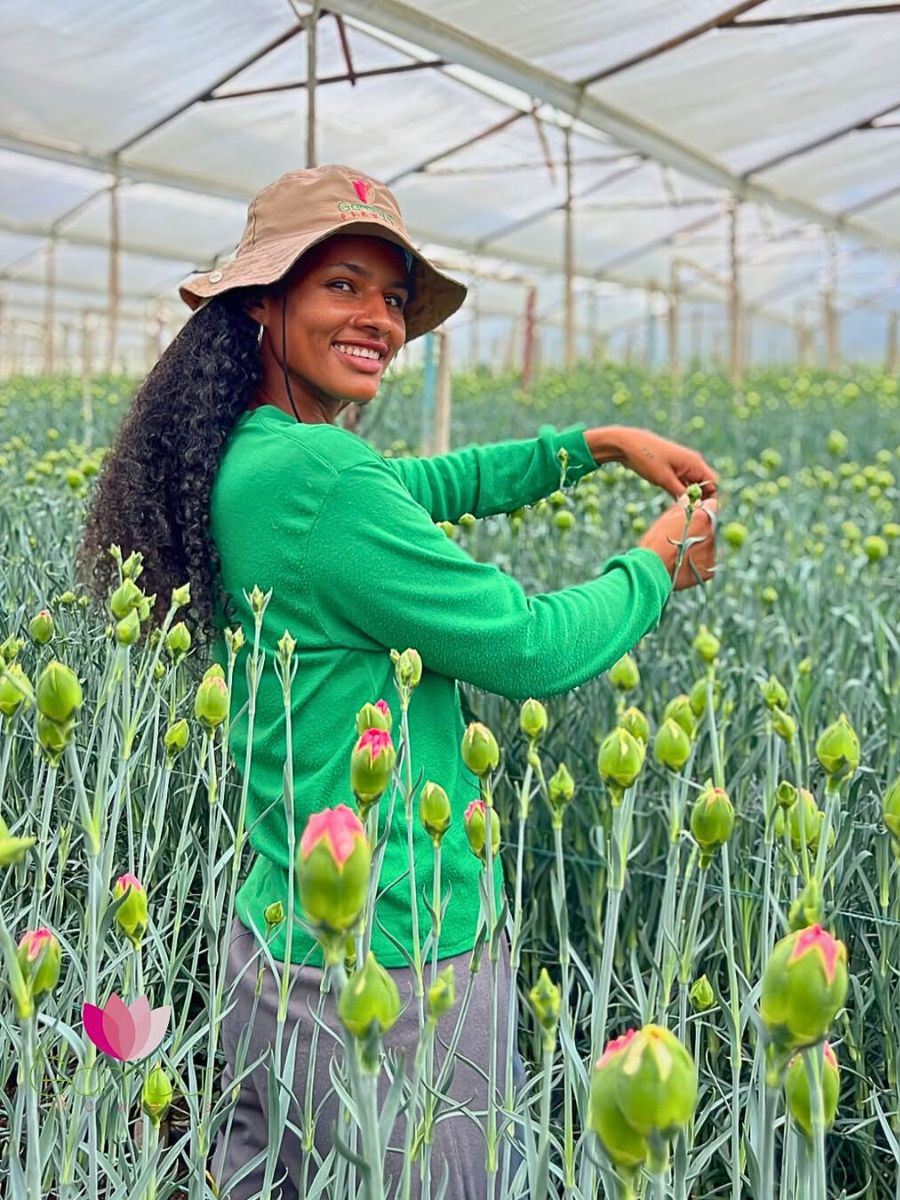
Colombian flower farms alone cultivate many flower varieties. Its floral industry reflects not just commercial diversity but cultural significance. Even more impressive is the country’s status as home to exquisite flowers; more than 4,000 orchid species, with at least 1,570 varieties found nowhere else on the planet. This remarkable richness stems from perfect growing conditions, especially on the Bogotá savannah, where ideal conditions have created fertile, rich soil networked with natural wetlands and waterways. The region's consistent year-round temperatures and twelve hours of daily sunlight also create ideal conditions for commercial flower production while supporting the natural diversity.
Several other regions have the same going on. Some have seen flower growers participate in activities like wetland restoration, protecting crucial aquatic ecosystems while maintaining productive flower cultivation operations. Growers in some of these regions also practice traditional polyculture systems that naturally incorporate biodiversity principles; interplanting flower crops with food crops and native plants, thereby preserving local varieties and supporting ecological balance.
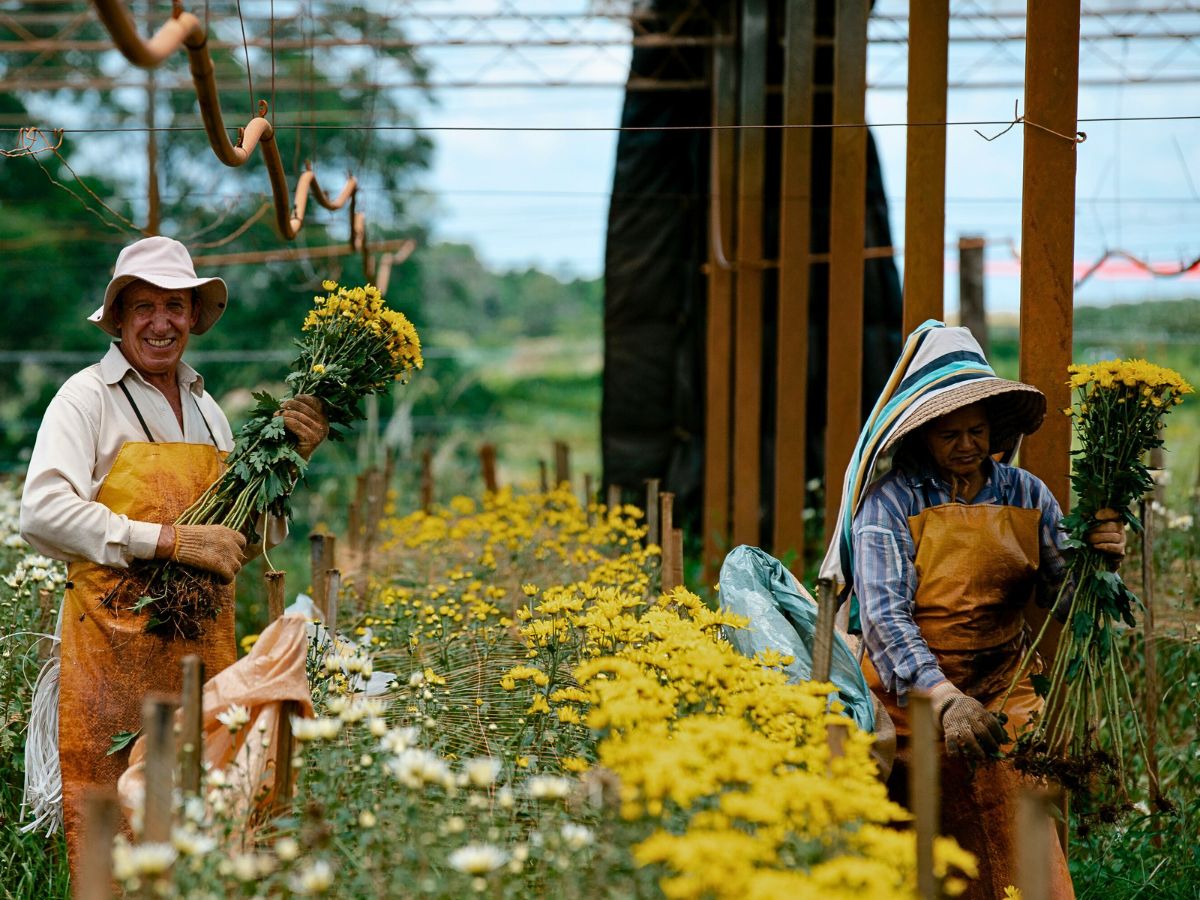
These diverse approaches illustrate that floriculture need not choose between commercial success and biodiversity conservation; that the industry's long-term sustainability depends on finding ways to advance both goals simultaneously; and that through integration of conservation with commercial floriculture, the industry can positively contribute to biodiversity protection rather than threatening it.
Pollinators, Beneficial Insects, and the Floriculture Ecological Web
The relationship between flowers and their pollinators represents one of nature's most fascinating examples of co-evolution spanning millions of years. In commercial floriculture, this age-old relationship takes on renewed significance. Bees, butterflies, birds, and other pollinators provide essential services to flower growers while depending on diverse floral resources for their survival.
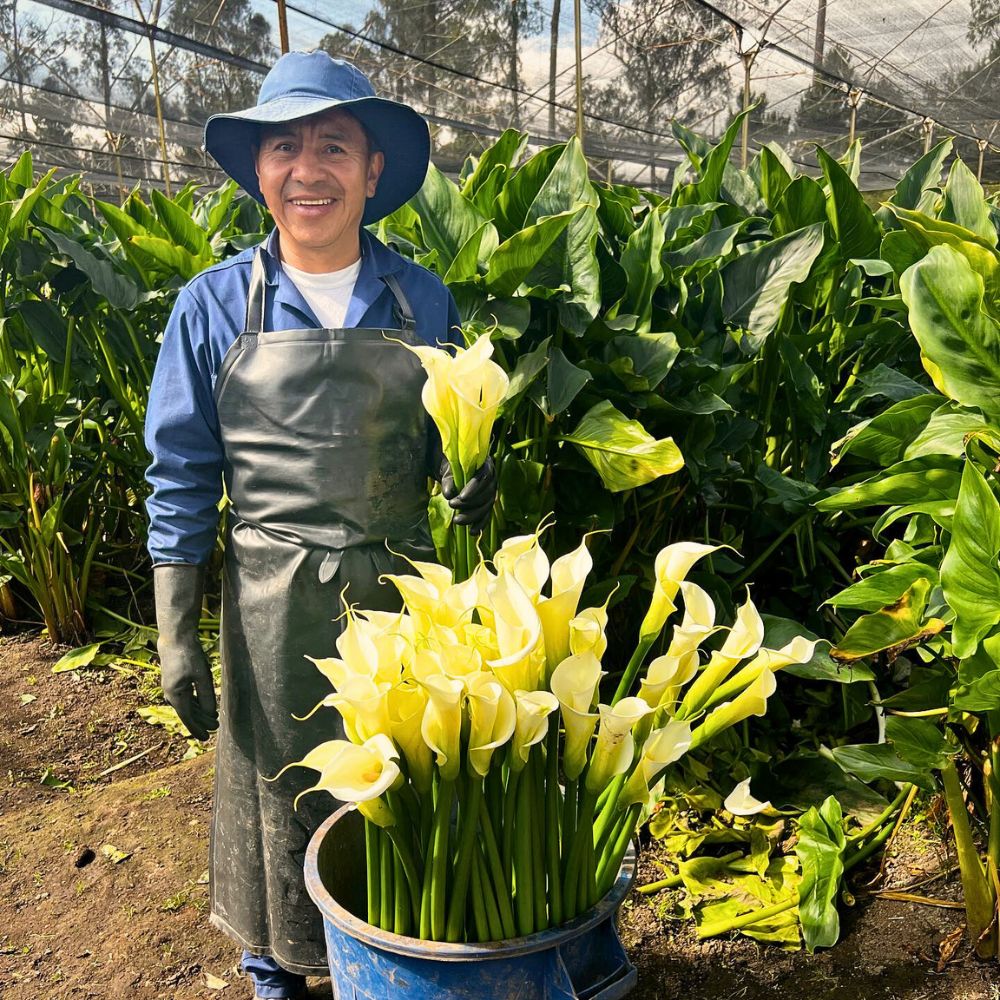
A single flowering farm with multiple species blooming in succession throughout the season can support remarkably diverse pollinator communities, which in turn enhance productivity through more effective pollination. Studies emphasize this mutual benefit, noting that pollinator-friendly floriculture operations generally experience improved yield and flower quality.
Away from pollinators, floriculture exists within a complex ecological web that includes beneficial predatory insects that control pests, soil organisms that enhance fertility, and birds that contribute to both pest management and seed dispersal. Greenhouses and flower fields can create useful habitats for these ecological allies when managed with biodiversity in mind. Even ornamental flower varieties originally cultivated primarily for aesthetic qualities often retain ecological functions that support wildlife.
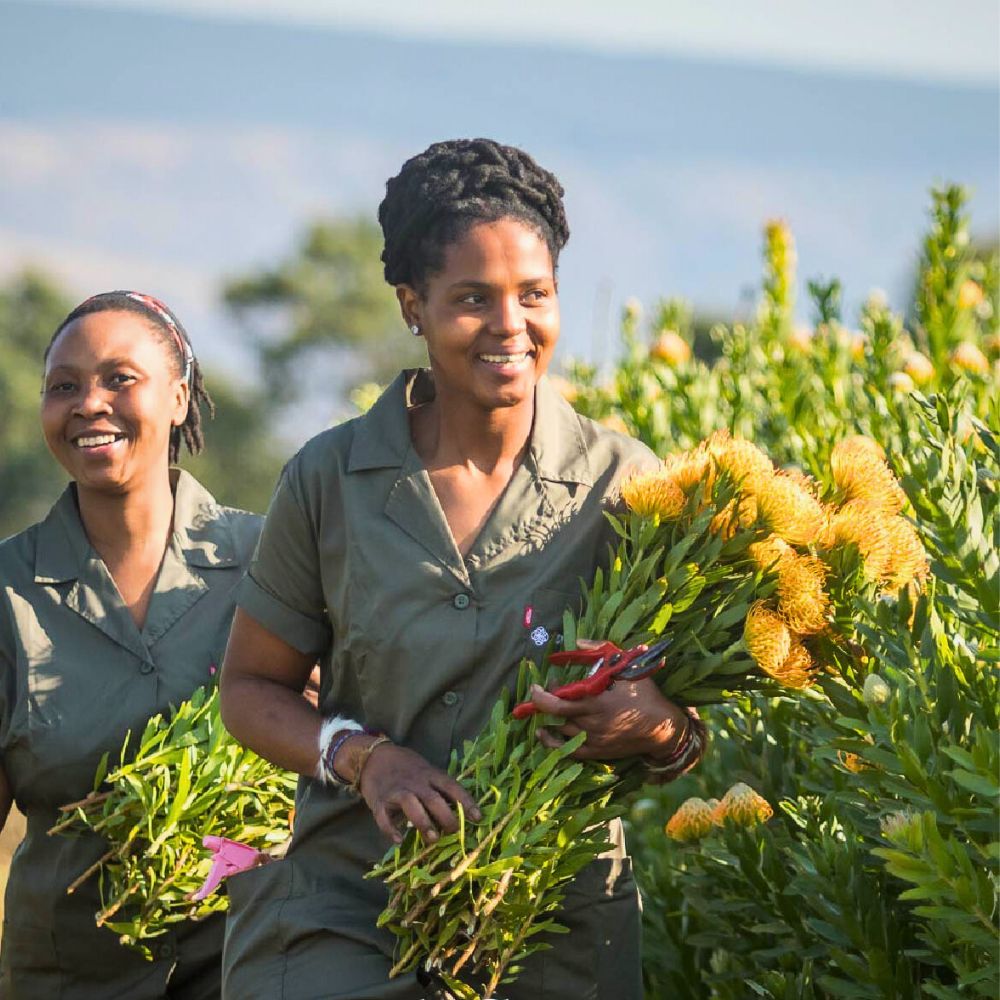
Many garden flowers, for example, provide critical late-season nectar sources for migrating butterflies and native bees preparing for winter. Identifying and enhancing these ecological partnerships, the floriculture industry contemporaneously reduces production costs through natural pest control services while positively contributing to conservation efforts for pollinator species facing declines due to habitat loss and other pressures.
Preserving Floral Diversity and Maintaining Genetic ‘Banks’
The genetic diversity preserved within both wild and cultivated flower species represents a unique resource for the future of the floriculture industry. Each variety contains unique genetic traits: disease resistance, drought tolerance, novel colors, and distinctive fragrances that may prove crucial for adaptation to changing conditions or the development of new market offerings.
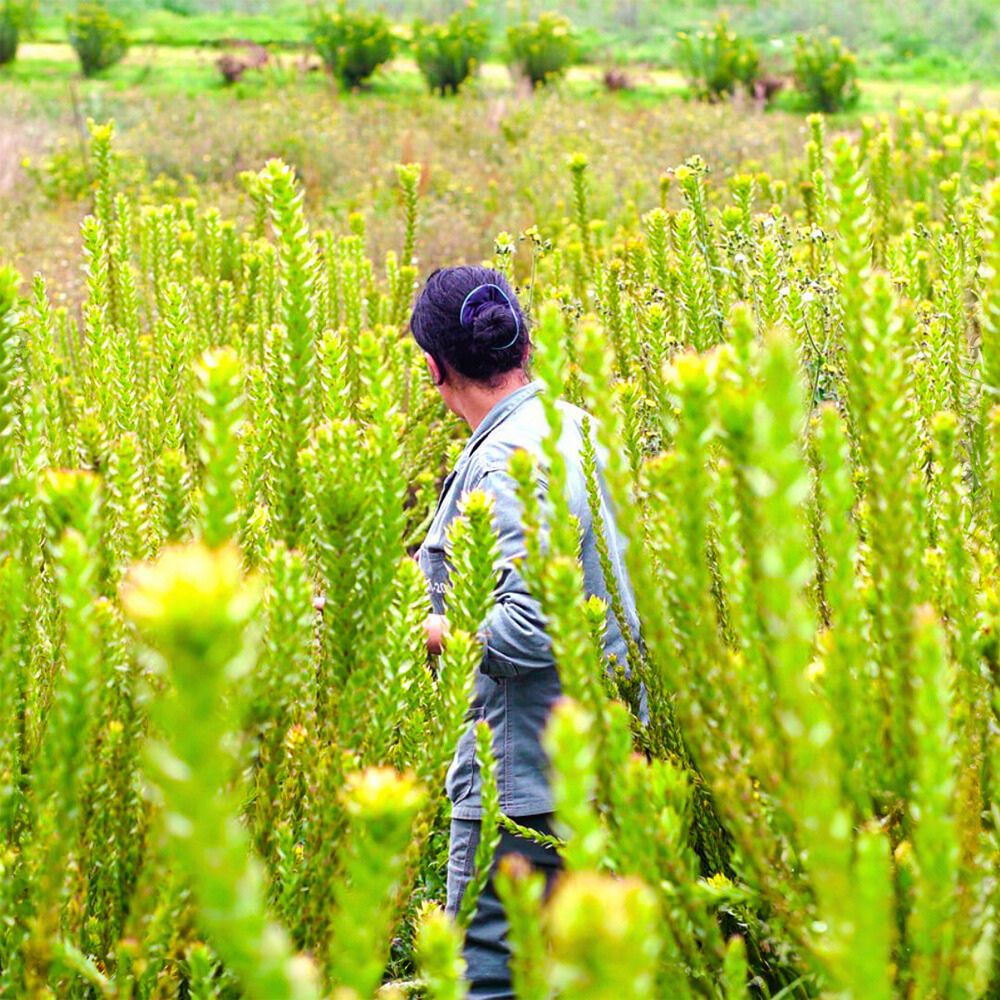
Yet, this genetic treasury faces serious threats from what the Food and Agriculture Organization (FAO) calls ‘genetic erosion’. This is the loss of genetic diversity within crop species. The FAO's ‘Voluntary Guidelines for the Conservation and Sustainable Use of Farmers' Varieties’ highlights how concentrated production of limited commercial varieties can endanger broader genetic diversity, creating vulnerability in agricultural systems, including floriculture.
The conservation of heirloom varieties and the protection of wildflower populations are of both environmental and commercial interest. When floriculture operations maintain diverse collections of flower varieties rather than focusing exclusively on current commercial favorites, they preserve genomic resources that may become crucial for future breeding programs. Besides, many flower species now popular in cultivation originated as wild plants, which emphasizes the importance of protecting natural habitats where wild relatives of cultivated flowers still grow.
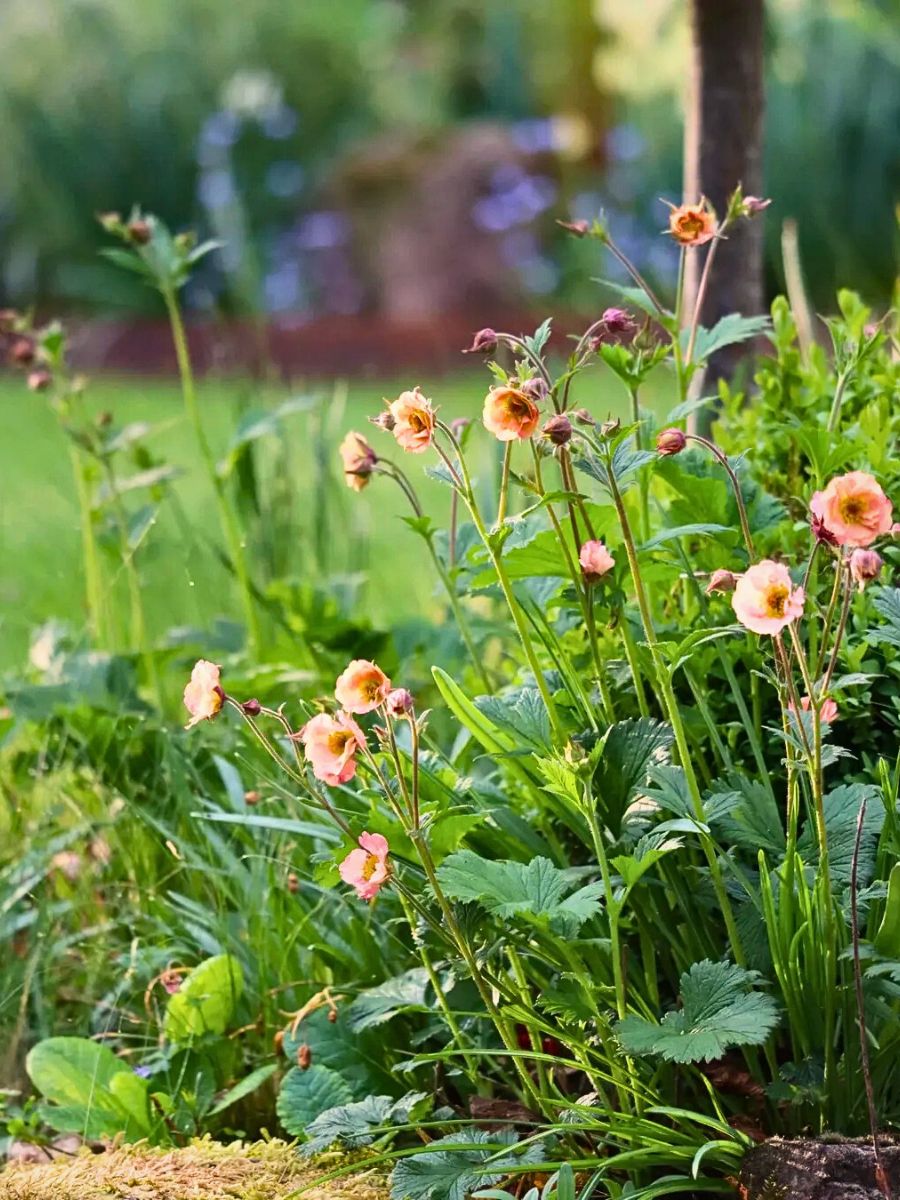
Also, the floriculture industry increasingly recognizes that its long-term viability depends on maintaining access to these diverse genetic resources, and therefore leads progressive operations to incorporate conservation of both cultivated diversity and protection of wildflower populations into their business strategies.
Sustainable Practices That Nurture Floral Beauty While Protecting Biodiversity
The integration of sustainable growing practices is an important aspect of biodiversity conservation in modern floriculture. Integrated nutrient management (INM) and integrated pest management (IPM) approaches, for instance, reduce chemical inputs while supporting ecological balance.
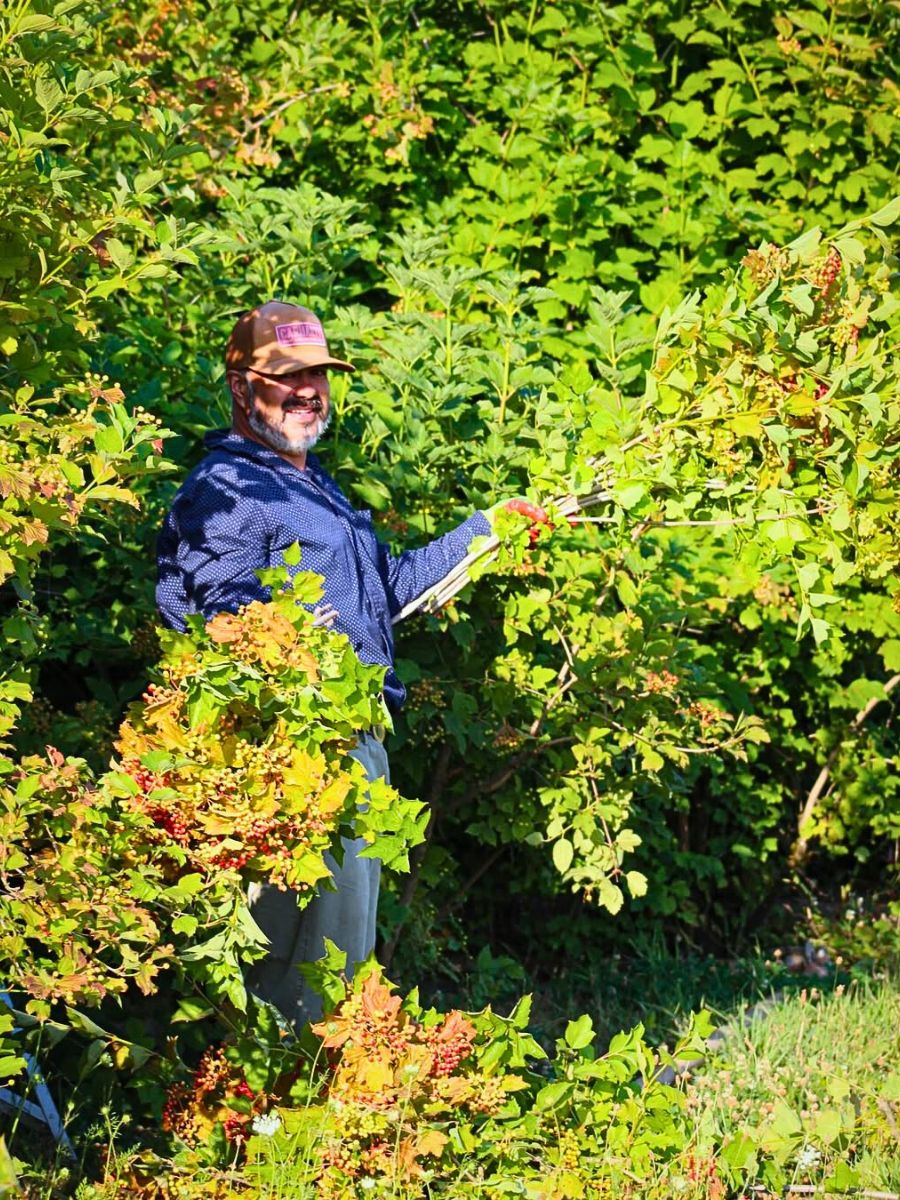
Rather than relying heavily on synthetic pesticides that can harm beneficial organisms, progressive flower growers use biological controls, targeted interventions, and ecosystem-based management. Similarly, efficient water management systems not only conserve precious water resources but also protect surrounding natural waterways from potential contamination, which in turn preserves aquatic biodiversity outside of the flower farms’ boundaries.
Agroforestry systems offer another key approach for biodiversity-friendly floriculture. Integrating trees and shrubs with flower cultivation means these systems create diverse habitats that support wildlife while providing additional benefits like wind protection, erosion control, and improved microclimates. The World Agroforestry Center has documented how such integrated systems increase biodiversity while enhancing ecosystem services that benefit flower production. These systems demonstrate that ecological complexity can be incorporated into commercial floriculture in ways that contribute to both conservation goals and business success.

Furthermore, crop rotation and diversification strategies help maintain soil health while preventing the buildup of pest populations and diseases that often plague monoculture systems. This also illustrates how biodiversity principles can solve practical cultivation challenges.
Championing Biodiversity Conservation in Floriculture
Several key institutions have prioritized biodiversity conservation within the floriculture industry. The Floriculture Sustainability Initiative (FSI), for example, brings together stakeholders from across the international flower sector to advance sustainable practices, including biodiversity conservation. Within its Basket of Standards, institutions like Rainforest Alliance and Florverde® Sustainable Flowers (FSF) are keen on this aspect.
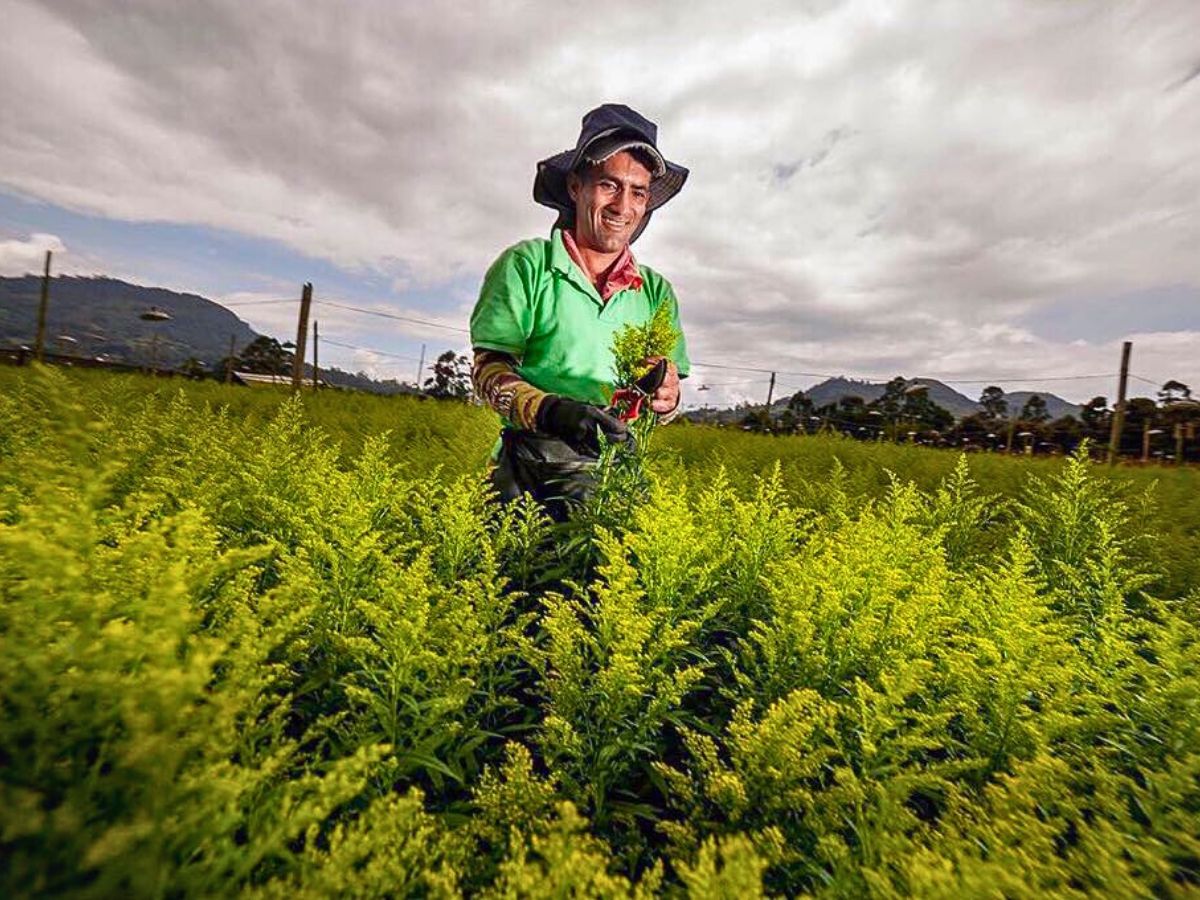
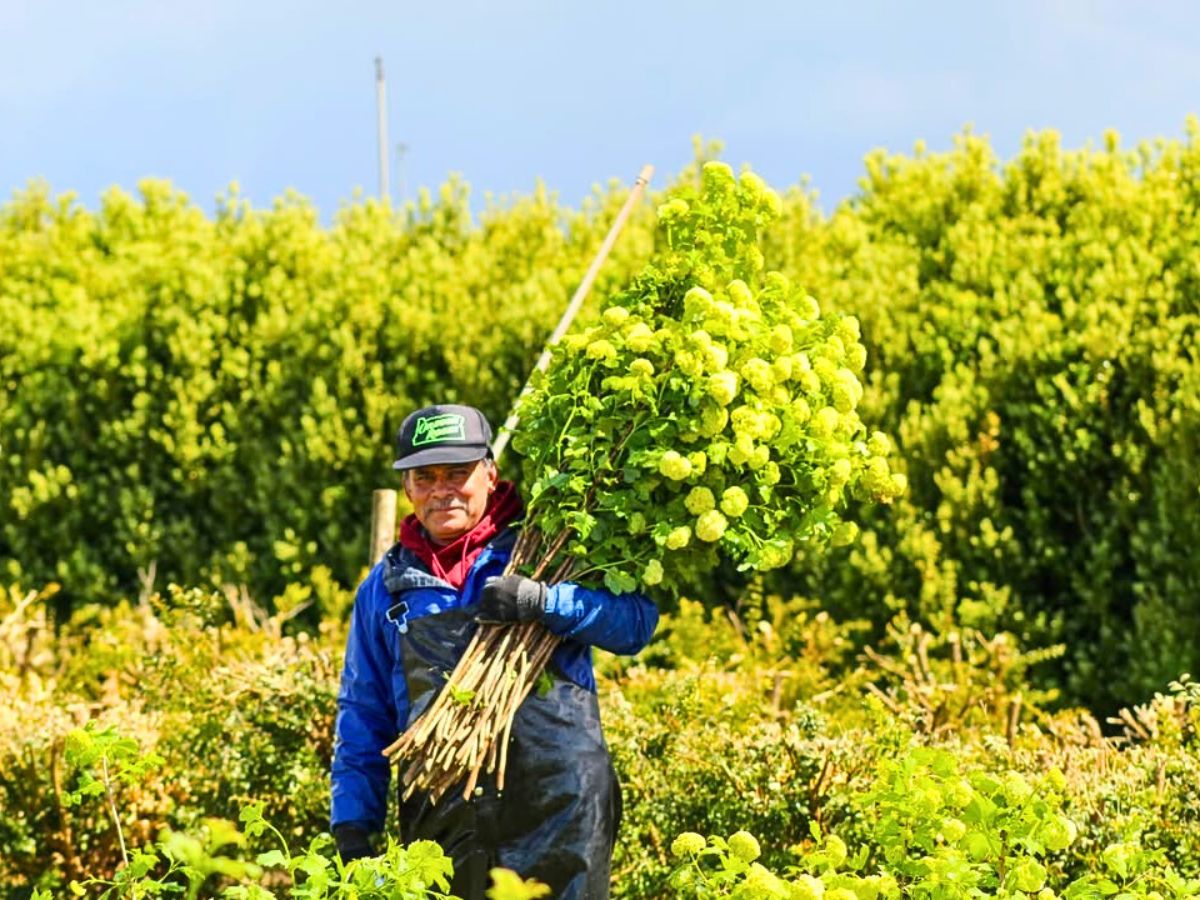
FSF-certified farms have been known to actively preserve ecosystems and protect native species, with the sector, according to Daniela España, the Director at FSF, remaining committed to pollinator conservation, integrating IPM practices that reduce pesticide use and promote pollinator-friendly environments. Daniela adds that the protection of wetlands and natural reserves within farms provides critical habitats for over 170 bird species, including the Tingua Moteada, a conservation priority in Colombia.
The FSI initiative also creates collaborative platforms for developing and implementing standards that protect both environmental and social welfare throughout the floriculture supply chain. The Milieu Programma Sierteelt (MPS), founded by growers themselves, has developed comprehensive certification systems that make sustainability efforts transparent, measurable, and demonstrable. MPS certificates, including MPS-ABC and MPS-GAP, evaluate performance across multiple environmental dimensions, including crop protection, energy use, fertilizer application, water management, and waste handling, all of which directly or indirectly contribute to biodiversity conservation.
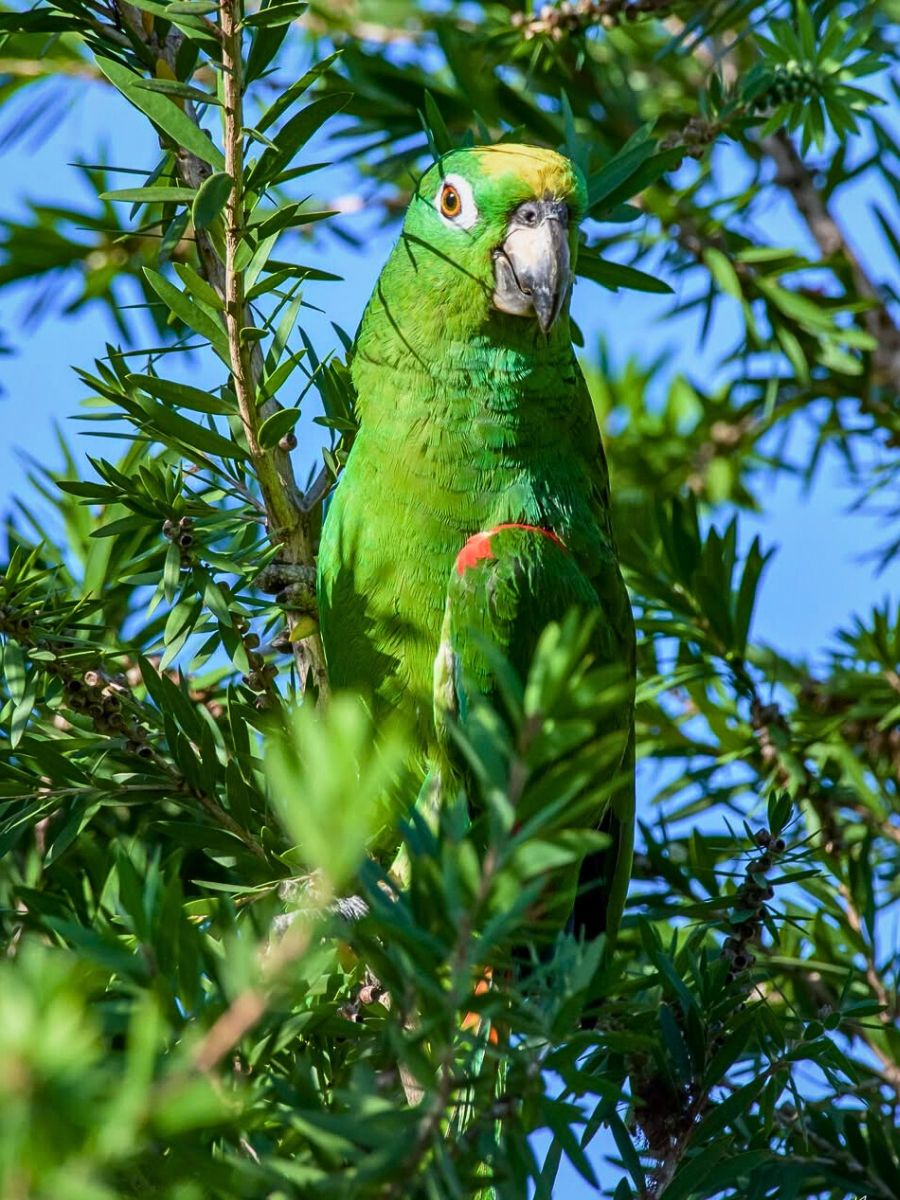
FAO also contributes significantly to biodiversity conservation relevant to floriculture through its work on plant genetic resources. As noted, their ‘Voluntary Guidelines for the Conservation and Sustainable Use of Farmers' Varieties’ provides valuable frameworks that apply to not just food crops, but also flower varieties. These guidelines emphasize documenting existing plant genetic resources, mapping potential uses, and supporting farmers and local communities in conservation efforts. Further to these, initiatives like Sustainabloom, which help floriculture businesses embrace sustainability, also provide research-backed education and resources, presented in simple and understandable ways; some of which focus on biodiversity conservation.
Innovations in Biodiversity-Friendly Floriculture
Biodiversity conservation in floriculture holds the potential for exciting innovations, more so those that combine traditional insights with technological advances. Digital monitoring tools now allow growers to track biodiversity indicators on their flower farms, from pollinator activity to soil health metrics, which enables data-driven conservation management. Breeding programs also increasingly focus on developing varieties that require fewer inputs while providing enhanced ecological benefits.
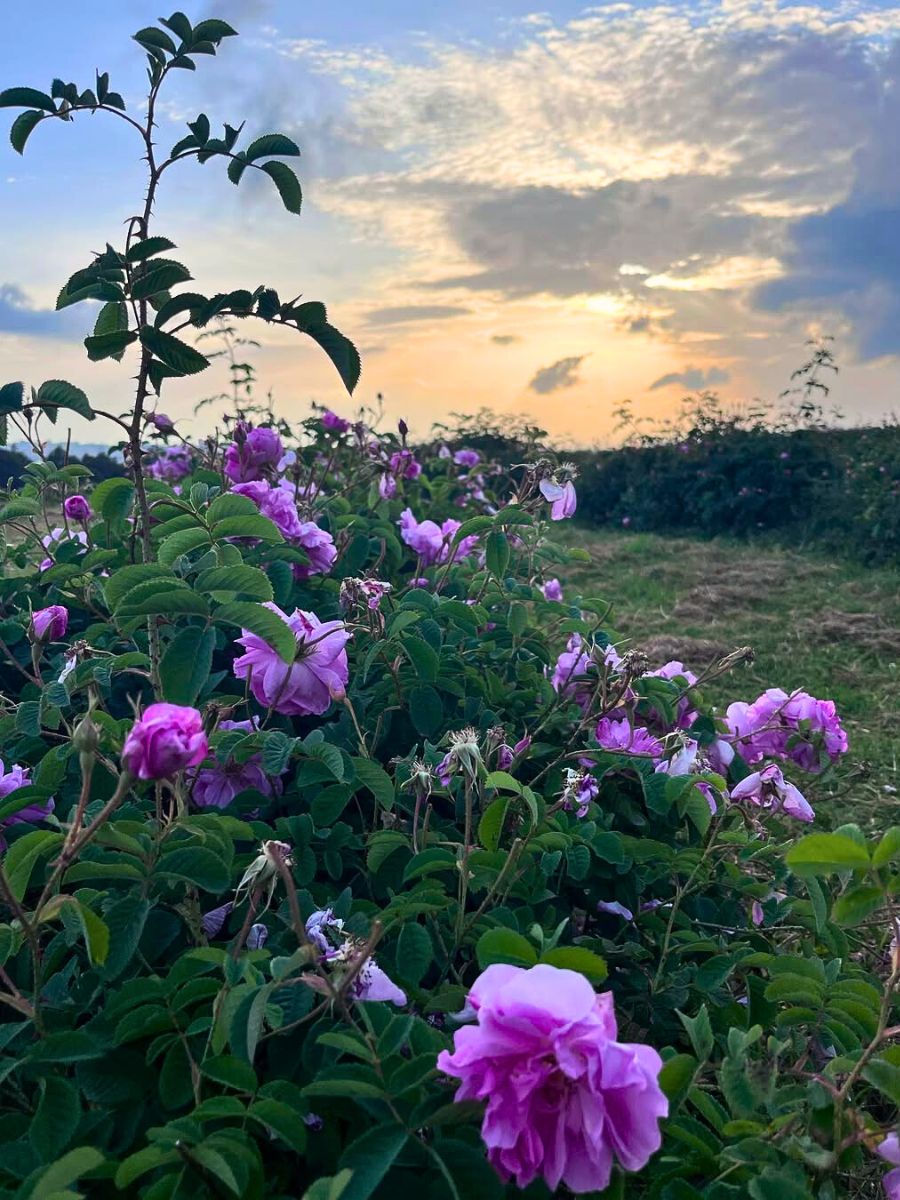
Meanwhile, consumer awareness grows steadily, with more flower buyers seeking environmentally responsible products, creating market incentives for biodiversity-friendly production methods. The advent of certification programs highlighting conservation achievements helps connect conscious consumers with producers dedicated to biodiversity protection.
Moreover, research continues to reveal new scopes for the relationship between floriculture and biodiversity. Some studies explore how specific varieties can be strategically incorporated into agricultural landscapes to boost beneficial insect populations that provide pest control services to surrounding food crops. Urban floriculture initiatives similarly reveal how ornamental plantings in cities can create essential habitat corridors for pollinators and birds while bringing floral beauty to human-dominated landscapes.
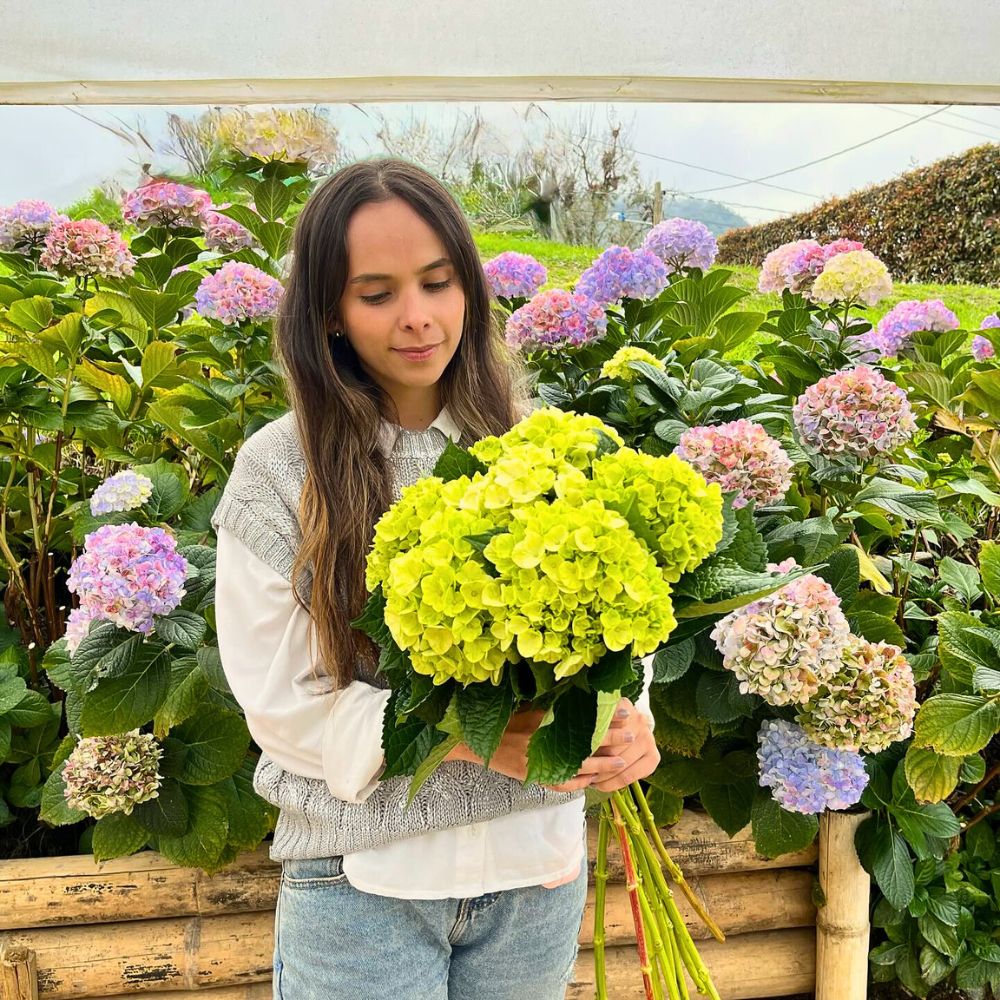
All these developments suggest that floriculture's relationship with biodiversity will continue evolving from one of potential conflict toward one of creative interdependence, where sustainability and the cultivation of floriculture beauty at the same time support the preservation of natural diversity.
Feature image by @gamburflowers, header image by Langeweile.

